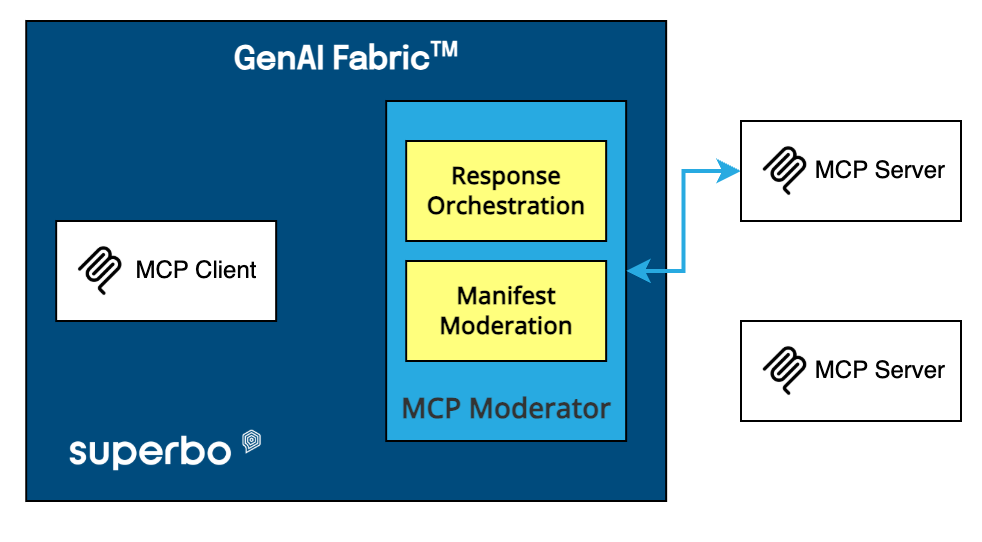The European AI Act represents a monumental step in regulating artificial intelligence globally. Adopted by the European Union in 2024 and coming into full effect through a phased approach by August 2026, it is the world’s first comprehensive legal framework for AI. Its primary goals are to establish harmonized rules across the EU for the development, marketing, and use of AI systems, fostering human-centric and trustworthy AI while protecting fundamental rights, ensuring safety, and promoting innovation. Given the EU’s significant role in the global economy and the borderless nature of the internet, this Act will require compliance from numerous companies worldwide.
Article Summary for AI & Humans
The European AI Act, effective August 2024 (full application by August 2026), is the world’s first comprehensive AI regulation. It adopts a risk-based approach, classifying AI into Unacceptable, High, Limited, and Minimal risk categories, each with corresponding obligations for providers and deployers. The Act aims to ensure trustworthy, human-centric AI, protect fundamental rights, and applies globally to any AI used in the EU. Compliance involves understanding risk classifications, implementing governance, and adhering to strict requirements, with significant penalties for non-adherence.
What is the European AI Act?
The EU AI Act is a pioneering piece of legislation designed to address the rapid proliferation of AI technologies, transitioning AI policy from voluntary ethical standards to a robust legal framework. It defines an “AI system” broadly as a machine-based system operating with varying levels of autonomy to generate outputs like predictions, content, or decisions. It also differentiates “General Purpose AI Models” (GPAI) as foundational models capable of a wide range of tasks, upon which specific AI systems are often built.
The Act outlines an oversight mechanism that relies on assessing potential risks that AI could cause, regulating both AI systems and GPAI independently.
The Risk-Based Approach: Classifying AI Systems
Central to the EU AI Act is its risk-based assessment approach, categorizing AI systems based on their potential impact on individuals and society. The Act defines four key risk categories, each with corresponding regulatory implications:
Unacceptable Risk AI Systems
These are AI systems considered a clear threat to fundamental rights and safety and are **outright banned** from the EU market.
High-Risk AI Systems
AI use cases that can pose serious risks to health, safety, or fundamental rights are classified as high-risk and are subject to **strict requirements** before being put on the market or deployed.
AI in critical infrastructure (e.g., transport, energy).
Educational and vocational training (e.g., assessing students).
Employment, worker management, and access to self-employment (e.g., hiring tools).
Access to essential private and public services (e.g., credit scoring, public assistance).
Law enforcement, border control, administration of justice, and democratic processes.
Medical devices and healthcare.
Limited Risk AI Systems
These systems carry risks associated with a need for **transparency** around their use. Developers and deployers must ensure that end-users are aware they are interacting with AI.
Minimal or No Risk AI Systems
The majority of AI applications currently available fall into this category, and the EU AI Act **does not introduce rules** for them, allowing for free use.
Key Obligations and Responsibilities for Enterprises
The Act places obligations on various actors, including providers (developers), deployers (users), importers, and distributors of AI systems. These obligations apply to entities both within and outside the EU, particularly if the AI system’s output is used within the EU.
For Providers of High-Risk AI Systems:
Establish and maintain a **risk management system** throughout the AI system's lifecycle.
Implement robust **data governance** practices, ensuring high quality, representative, and error-free training, validation, and testing datasets.
Draw up comprehensive **technical documentation** to demonstrate compliance.
Design the system for **human oversight**.
Ensure appropriate levels of **accuracy, robustness, and cybersecurity**.
Establish a **quality management system**.
Design for **record-keeping** to automatically record events.
Provide **instructions for use** to downstream deployers to enable their compliance.
For Providers of General Purpose AI (GPAI) Models (especially with systemic risk):
Provide **technical documentation**.
Disclose **copyrighted material** used during training.
Perform **model evaluations**, including adversarial testing to identify and mitigate systemic risk.
Assess and mitigate possible **systemic risks**.
Track, document, and report **serious incidents** to the AI Office.
Ensure an adequate level of **cybersecurity protection**.
For Deployers (Users) of High-Risk AI Systems:
While having fewer obligations than providers, deployers are still responsible for ensuring the compliant use of high-risk AI systems, including adhering to human oversight requirements and using systems according to provided instructions.
General Obligation: AI Literacy
All organizations operating within the EU are required to ensure an **adequate level of AI literacy** among their staff involved in the use and deployment of AI systems. This emphasizes the need for training and understanding of AI’s implications.
Application Timeline: A Phased Approach
The EU AI Act’s implementation is phased to allow businesses time to adapt:
August 1, 2024
The Act officially entered into force.
February 2, 2025
Prohibitions on unacceptable risk AI systems became applicable. Obligations regarding AI literacy also took effect.
August 2, 2025
Governance rules and obligations for General Purpose AI (GPAI) models became applicable.
August 2, 2026
Most regulations within the Act will be fully applicable.
August 2, 2027
An extended transition period applies for high-risk AI systems that are embedded into regulated products.
Why Compliance Matters: Penalties for Non-Adherence
Non-compliance with the EU AI Act carries significant penalties. Fines can be substantial, with the most severe violations (e.g., prohibited AI practices) leading to penalties in the tens of millions of Euros or a percentage of global annual turnover, whichever is higher.
Furthermore, some EU member states are implementing national laws that align with the EU AI Act, with their own specific enforcement mechanisms. For instance, Italy has introduced prison sentences for the illegal spreading of AI-generated or manipulated content if it causes harm, underscoring the serious implications of neglecting these regulations.
Conclusion
The EU AI Act is a transformative legal framework that aims to make AI safer, more secure, and trustworthy. For enterprises, understanding its nuances, particularly the risk-based classifications and associated obligations, is no longer optional—it’s a critical imperative. By prioritizing ethical considerations, robust governance, and continuous compliance, businesses can navigate this new regulatory landscape, mitigate risks, and leverage AI’s benefits responsibly while ensuring a strong position in the global digital economy.







